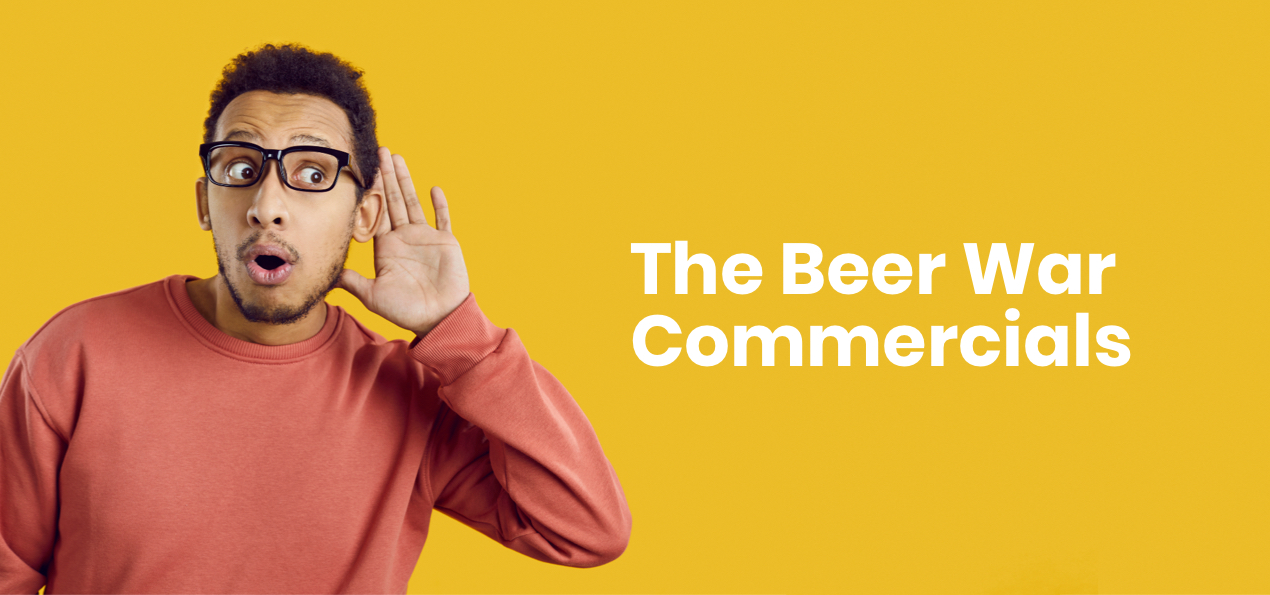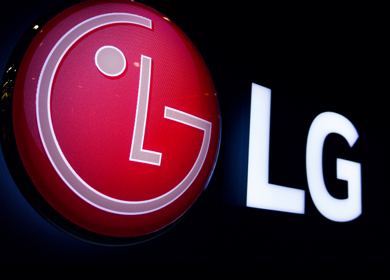The Beer War Commercials – is this something Advertisers should dabble in?
Published: February 23, 2023

Molson Coors’s Miller Lite ran an ad with a cyclist pouring a random generic can of light beer on her face with a voice-over that said - “Light beer shouldn’t taste like water. It should taste like beer.”
And one more spat between the two largest beer-making giants in the US happened, who already have a long history of battling each other over the years.
The two brands have had years of fighting between them, with one even calling the other, the Queen of Carbs!
Needless to say – and even if there was nothing openly said - Anheuser-Busch InBev (AB InBev) took Molson Coors’s Miller Lite to the BBB National Programs’ National Advertising Division, an ad-industry self-regulatory group which found that Molson Coors must stop marketing by implying that its rivals made beer with little or no flavor - even if there wasn’t any specific reference to AB InBev. The National Advertising Division is reported to have found that the ad made a measurable claim without appropriate supporting evidence.
According to the group, that while only reliable sensory testing could demonstrate whether consumers detect a watery taste or the complete absence of taste, “consumers may also reasonably expect that the statement is supported by such evidence.” “In most cases, we find that…if you’re in an area where you’ve got an unnamed competitor who people generally always compare you to, that consumers are going to take away a message about one of those competing products,” said Laura Brett, vice president of the National Advertising Division.
The National Advertising Division is an ad-industry self-regulatory group which reviews anything between 100 and 150 cases each year. The judgments it passes are not binding legally and participation in the process is entirely voluntary. Most advertisers participate in this and also, more importantly, agree to comply. The few that don’t are then referred to the Federal Trade Commission.
What brands can learn from this
There is a whole lot of traction that brands can gain from comparative advertising. Or at least some traction – publicity, to be specific.
But it is very important, we think, for brands to be very careful when it comes to dabbling in comparative advertising. Forget blatant references to rival brands – the mere suggestion of it, this whole episode shows, can be dicey. While comparative advertising is beneficial to consumers, in that they can make better informed choices, it can land brands in all kinds of legal messes.
It can also work adversely for brands – it is almost like trash-talking someone just to pick a fight. You can come off as looking unnecessarily aggressive, like a bully.
That being said – these two beer giants have a long checkered history of spats. Everything from one accusing the other of using corn syrup to calling the other “The Queen of Carbs” as retaliation to it calling itself the “King of Beers” has happened. True to bar fights and name calling! So much so, that people wait to see what they will do next.
But will this kind of thing make them switch from one brand to the other?
Highly unlikely!
Because at the end of the day, your choice of beer is not just a choice - it is an emotion.










Be the first one to comment.